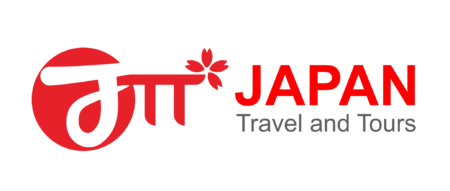Tour Duration: 12 days
Number of participants: Minimum 2 person, Maximum 30 person
Tour start and end place is Fukuoka
Day 1 – Welcome to Fukuoka, Nagasaki
Your representative will meet you at the Fukuoka International Airport once you arrive.
Following a brief introduction of the tour, your private vehicle-based bespoke tour will begin. You will take the Kyushu Expressway to Tosu before taking the Nagasaki Expressway to Nagasaki. The breathtaking vista of Nagasaki will be stretched out in front of you as you travel through the lengthy tunnel on Nagasaki-Dejima Road. Nagasaki has a considerable Japanese history and coexists well with other cultures.
Visit the Atomic Bomb Ground Zero, the site of the explosion on August 9, 1945, and the Peace Statue in Peace Park, which was built to pray for global peace. One of Japan’s three largest Chinatowns, Chinatown, is where you’ll eat lunch (recommended dishes are Chanpon and Sara-udon). Glover Street, where there are many gift shops lined up on both sides of the street, is where you walk to Glover Garden. The stunning Oura Cathedral, Japan’s oldest Gothic-style cathedral and a UNESCO World Heritage Site, is seen right before the entry to Glover Garden.

Day 2 – Shimabara and Unzen
Check out the hotel following breakfast. Take the Nagasaki Expressway to Isahaya, and then take the national road to Shimabara Peninsula to take in the scenery of the lovely mountains and serene Ariake Sea. Shimabara is a castle town situated at the base of Unzen’s mountain. In 1625, Shimabara Castle was constructed. It was an almost rectangular flatland castle and a wonderful illustration of how three-layered yagura turrets can be strategically positioned around a five-layered donjon. Guzoni, a native dish that was developed during the Shimabara Rebellion in 1637, can be enjoyed during lunch in Shimabara. Drive from Shimabara to Unzen while admiring the countryside views after lunch.
Visit Nita Pass in Unzen, one of the most picturesque areas there, for a panoramic vista that includes the Ariake Sea, Amakusa Island, and Mt. Aso. Unzen jigoku is another location that comes highly recommended. Here, a large region of white smoke erupts from the earth, serving as a stunning reminder that the Unzen Volcano is still very much active.
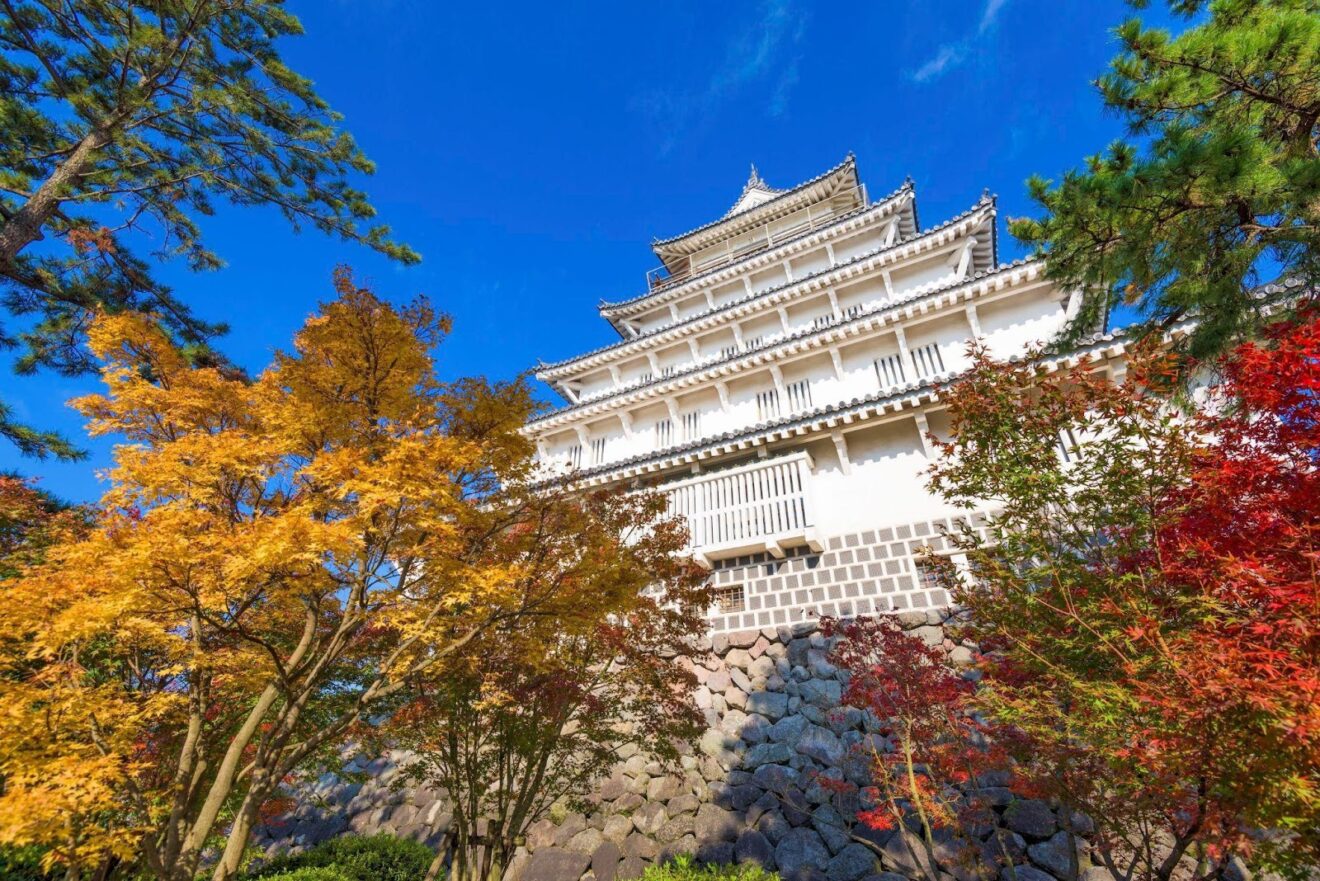
Day 3 – Kumamoto
Check out the hotel following breakfast. Drive to Shimabara Port, then take a ferry to Kumamoto Port. To the third-largest city in Kyushu, drive to Kumamoto.
Lunch at Sakurano-baba Josaien, a restaurant at the base of Kumamoto Castle where patrons may sample the city’s peculiar cuisine. Many nearby stores also sell products that can only be found there. Visit Kumamoto Castle, one of the three magnificent castles, which was constructed in 1601 over the course of seven years by the great general Kiyomasa Kato.
Suizenji-koen Park, a polished circular garden in Momoyama period style that portrays the 53 Stations of the Tokaido Road, including Mt. Fuji is a highly recommended Japanese garden. Check in at the hotel in Kumamoto’s city center.

Day 4 – Ibusuki and Satsuma Peninsula
Check out the hotel following breakfast. Drive the Kyushu Expressway to Kagoshima through Yatsushiro and Hitoyoshi, and then take the Ibusuki Skyline road to Satsuma Peninsula. Satsuma Peninsula is a tranquil rural area with a subtropical environment, and it extends about 50 kilometers south of Kagoshima. Enjoy a unique lunch experience at the Tosenkyo ravine with somen noodles that swim in a rotating container.
Visit Ikedako Lake, the largest lake in Kyushu and the home of the fabled monster known as Issy. Explore Ryugu Shrine, the fabled shrine of Urashima Taro, and Nagasaki-bana Cape, the Satsuma Peninsula’s southernmost point. Take advantage of the Kinko Bay beach’s Ibusuki hot sand baths.

Day 5 – Kagoshima and Sakura-jima Island
Check out the hotel after breakfast. Drive to Kagoshima via the coast’s National Road while admiring Kinko Bay’s landscape. Visit Sengan-en, Kagoshima’s most well-known garden, which Shimazu Lord built in the nineteenth century on the shore of Kinko Bay. Numerous historical items in the garden serve as a reminder of its lengthy history. Enjoy local food from Satsuma (Kagoshima) at lunch at the featured restaurant, Ohkatei at Sengan-en. It takes 15 minutes to travel via Sakura-jima Ferry from Kagoshima port to Sakura-jima port to reach Sakura-jima Island. Going around Michino eki Sakura-jima, Yunohira Observatory, Arimura Lava Observatory, and back to Sakara-jima port before taking the boat back to Kagoshima is how to explore Sakura-jima Island, which is home to an active volcano with three peaks: Kita-dake, Naka-dake, and still active Minami-dake.
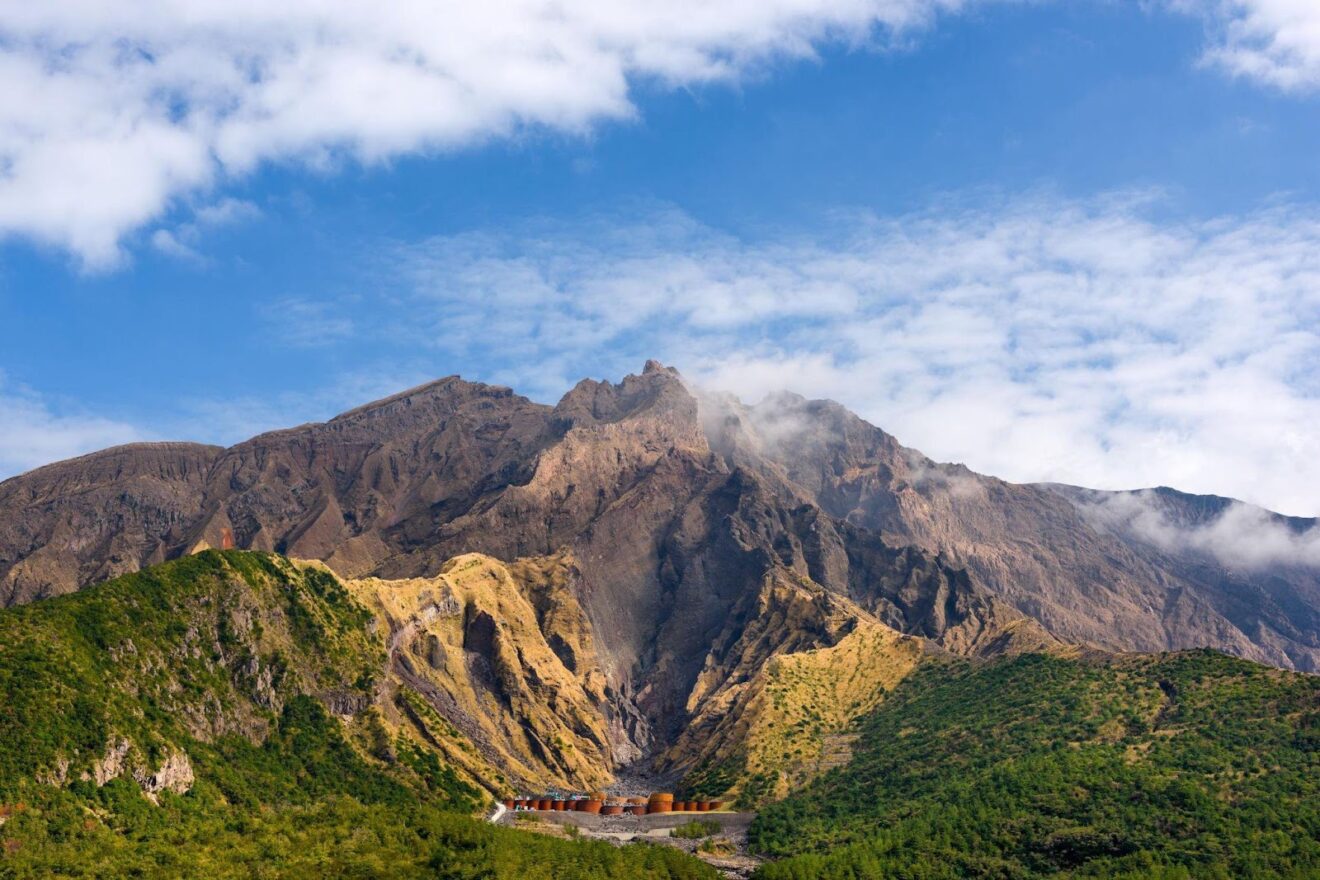
Day 6 – Nichinan and Miyazaki
Check out the hotel following breakfast. Drive to Miyazaki-prefecture from Kagoshima to Kajiki JCT on the Kyushu Expressway, and from Kariya to Shibushi on the Higashi-kyushu Expressway. exploring the Misaki-uma wild horses of Toi Cape, who are the offspring of army horses that were abandoned to graze and went wild 300 years ago. Eat seafood for lunch at Mitato-no-eki Meitsu. A sea goddess is said to have erected a hut here to give birth to a powerful god in the legends, thus it is a magnificent and exciting experience to drive along the Nichinan coast while taking in the subtropical scenery and visiting Udo Shrine.
Go on a tour of Sun Messe Nichinan, where you can witness a replica of a Moai statue made in Japan and take in a stunning panoramic view of the Pacific Ocean. One of the greatest scenic spots in Nichinan is Horikiri Pass, which may be reached by driving north along the coast. You can gaze down at a lovely vista of the Pacific Ocean from the 60m altitude pass.

Day 7 – Hyuga and Takachiho
Check out the hotel following breakfast. Utilize the Higashi Kyushu Expressway to travel to Hyuga. A bay city called Hyuga faces the Hyuga nada Sea, where a spectacular array of exposed rocks that were sculpted by roaring waves may be seen. Come to Cruz Sea to see your fantasies fulfilled. When seen from an observatory, Cruz Sea is a section of the water that resembles a cross. Drive through the rugged terrain to Takachiho after Huga. The Takachiho Gorge is a dynamic and stunning feature of Takachiho, and it is also where Japanese mythology originated.
Lunch at a neighborhood eatery in Takachiho. exploring Takachiho Gorge, where the Gokase River has carved a little gap in the rock. Volcanic basalt columns are slowly growing and produce the nearly steep cliffs that line the gorge. Takachiho Gorge boat riding, which takes place on a rental boat and runs down the gorge’s base, is the activity that is most highly recommended there. It’s unusual to find a place in the globe where waterfalls and a valley with a columnar shape can be seen together. Visit Amamo Iwato Shrine, the birthplace of Shinto, the native religion of Japan. One of the most well-known Japanese mythological narratives takes place in Takachiho. As you go to Aso, take in the rugged countryside landscapes and the Aso caldera’s dramatic panorama.
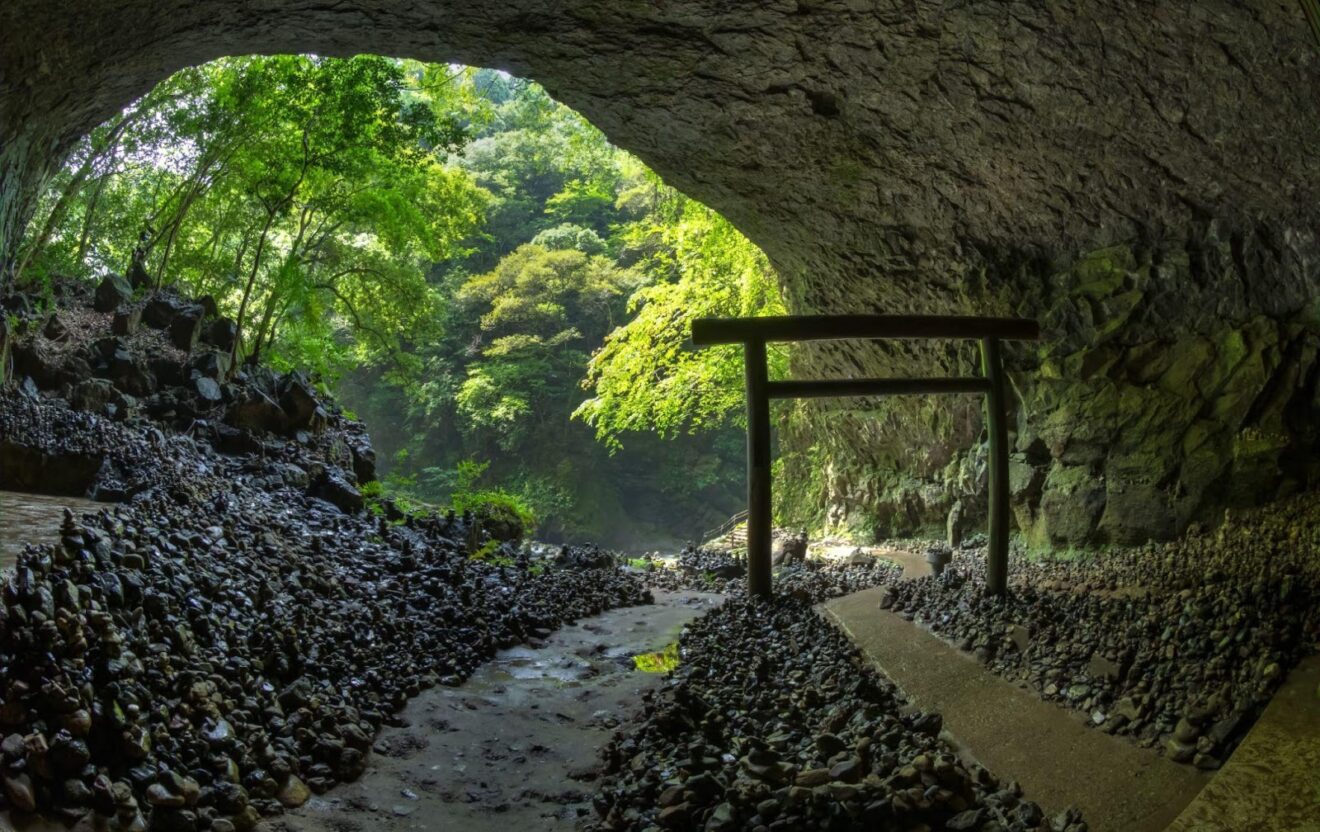
Day 8 – Aso
You’ll have a great day exploring Aso today. Take the Aso Tourist Tram, a private railroad that offers a very scenic journey from Takamori to Nakamatsu in the south-east of the caldera, after checking out of the hotel after breakfast. On the leisurely 30-minute train ride, beautiful and amazing landscapes may be enjoyed. Enjoy Aso beef and Aso dengaku, the native cuisine, for lunch at a local eatery.
Visit Kusasenri-ga-hama, where the lovely prairie of 785,000 square meters in the crater, stretches in the northern section of Mount Eboshi that is one of the Aso Five Mountains, by taking the Aso Minami Panorama Line to the Aso mountain area. You can visit Mount Naka, the largest active volcano in Japan, if the weather permits; its peak is 1592 meters above sea level. Utilizing the Aso Higashi Panorama Line, travel to the North Aso area while taking in the stunning landscape of the Aso mountain region. Drive from the Central Aso region to Daikanbo in the northern section of the caldera, which is one of the best places in Aso for photos since it offers a stunning perspective of Mount Aso’s five peaks.

Day 9 – Yufuin and Beppu
After a Ryokan Japanese-style breakfast, check out the lodging. Drive to Yufuin while admiring the breathtaking Handa Plateau beauty along the Yamanami Highway. exploring Yufuin, home to a lovely and serene Onsen Resort that blends with nature. A walk down Yunotshubo Avenue will take you past 70 businesses, gift shops, galleries, shops selling oddities, and cafes. The avenue begins near JR Yufuin Station. Lunch at a neighborhood eatery on Yunotsubo Avenue. Visit Yufuin Floral Village to see the amusement park that mimics a street in England’s Cotswolds. Kinrinko Lake, a notable sight in Yufuin, is a recommended area to explore. On a chilly day, hot steam rises from the lake’s surface and hot water gushes from the lake’s bottom. After Yufuin, take the 800 meter-high ropeway up Mount Tsurumi and soar 1375 meters into the air to reach the summit. From there, you can take in the breath-taking panorama of Beppu. Transfer to Beppu, one of Japan’s most well-known Onsen resorts. Beppu Hell Tour, a series of hot springs, and Umi-jigoku, a 200-meter-deep, azure blue pond of boiling water that emerged 1200 years ago following a volcano explosion, are two of the most popular attractions in Beppu. Enjoy a foot spa where people can bathe their feet; you don’t need to take off all of your clothes to partake because only the feet and legs up to the knee are submerged.
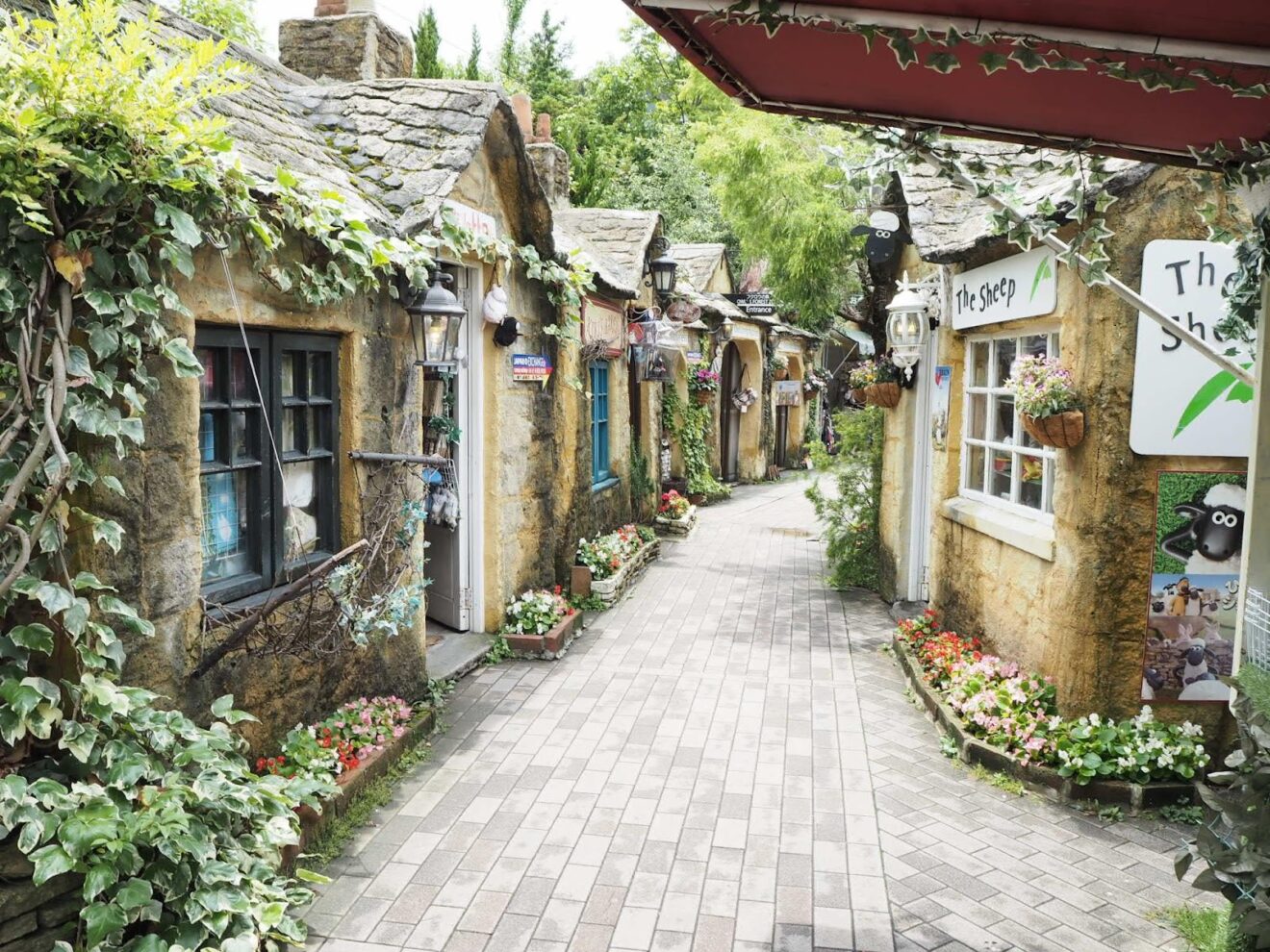
Day 10 – Kitakyushu
Check out the hotel following breakfast. Utilize the Higashi-Kyushu Expressway to go to Kitakyushu via Usa and Nakatsu. Visit Kokura Castle, one of Kitakyushu’s most famous landmarks, to experience the atmosphere of a castle town more than 200 years ago. Kitakyushu is the second-largest city in Kyushu. Lunch at a neighborhood eatery in Kokura.
We take pride in the fact that Dr. Albert Einstein, recipient of the Nobel Prize in Physics, visited Moji in 1922 and declared that everything he could see was art. Mojiko Retro is the most entertaining tourist destination in Kitakyushu. After Mojiko Retro, travel to Higashida, where Yawata Steel Works, the forerunner of Japan’s modern steel industry, was founded in 1901. Visit Higashida No. 1, the only blast furnace in the world that has been kept in its original state. The year the Blast Furnace started operating is indicated by the large signboard that reads “1901” at the top of the structure.
Use the cable car and slope car to ascend Mount Sarakura in 10 minutes just before dusk. The biggest number of lights used to produce the night vision is visible from the peak of the 622-meter-high mountain, which is located at sea level. The night view spans an area of roughly 40 kilometers to the east and 10 kilometers to the west.

Day 11 – Fukuoka
Travel the Kyushu Expressway to reach Fukuoka City. The largest city in Kyushu is Fukuoka, which is also the hub of the region’s politics, business, culture, fashion, and tourism. Fukuoka City is home to a wide variety of exciting tourist attractions and a wealth of tourism-related resources. Take use of your spare time to go sightseeing, shop, and eat.

Day 12 – Return to Home
After breakfast, you depart from the hotel and we’ll take you to the airport. Go back home. Enjoy your flight, and we’ll see you again soon.
